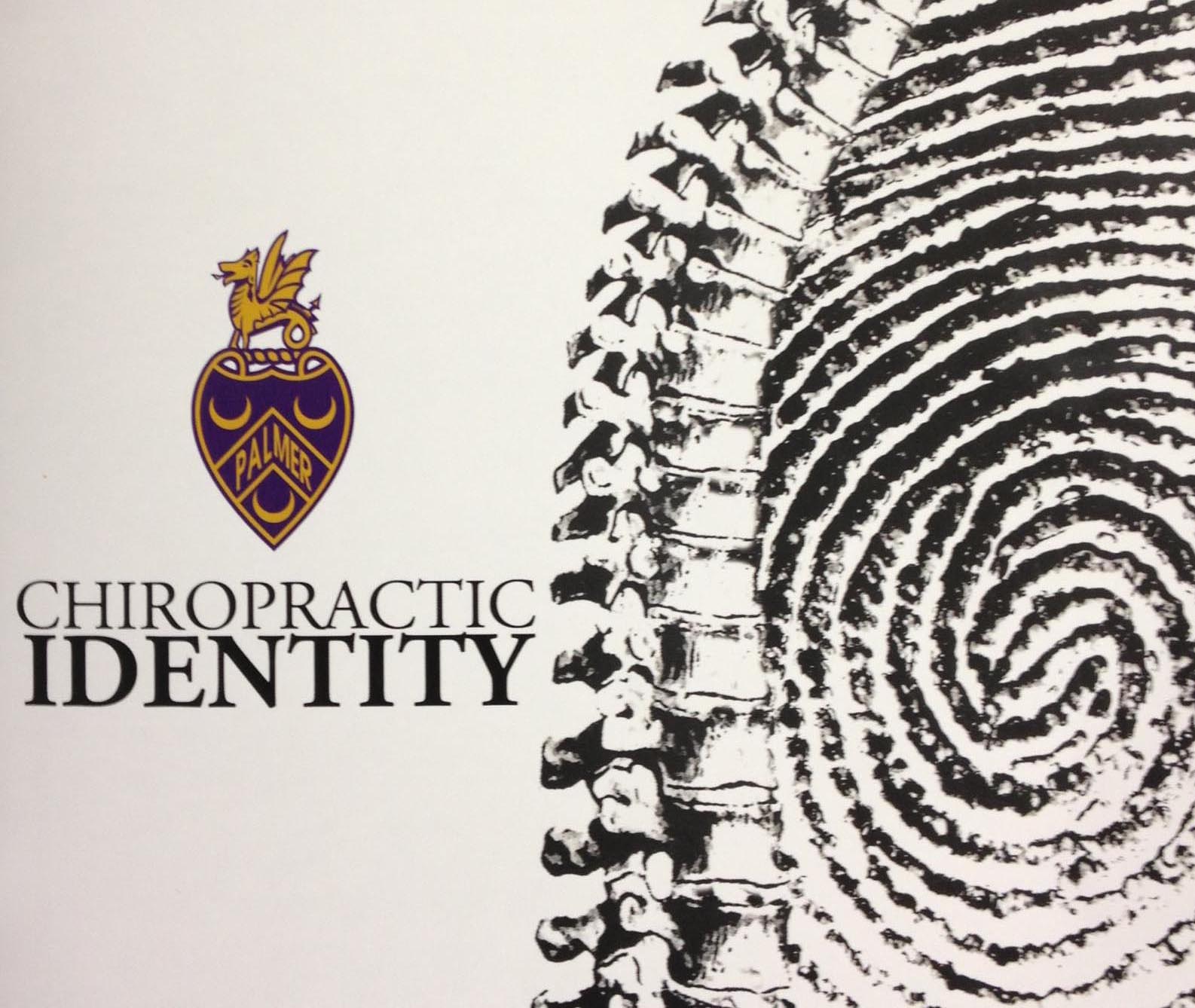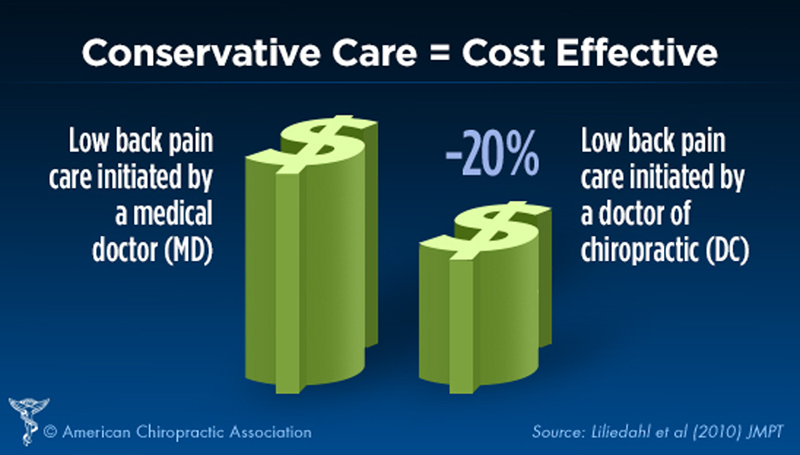Spinal Health: The Backbone of Chiropractic’s Identity
SOURCE: Journal of Chiropractic Humanities 2016 [Epub]
Richard A. Brown, DC, LLM, FRCC
World Federation of Chiropractic
Toronto, ON
Objectives The purpose of this commentary is to explore the concepts underpinning professional identity, assess their relevance to chiropractic, and propose a model by which a strong identity for the chiropractic profession may be achieved.
Discussion The professional identity of chiropractic has been a constant source of controversy throughout its history. Attempts to establish a professional identity have been met with resistance from internal factions divided over linguistics, philosophy, technique, and chiropractic’s place in the health care framework. Consequently, the establishment of a clear identity has been challenging, and the chiropractic profession has failed to capitalize on its potential as the profession of spine care experts.
Recent identity consultations have produced similar statements that position chiropractors as spinal health and well-being experts. Adoption of this identity, however, has not been universal, perpetuating the uncertainty with which the public regards the chiropractic profession.
There are more articles like this @ our:
Conclusion To gain public and professional acceptance, chiropractic must be unequivocal in declaring its scope, expertise, and intent. Failure to do so will lead to obscurity as other professions acquire necessary skills and position themselves as the custodians of spine care.
Key Indexing Terms: Chiropractic, History
From the FULL TEXT Article:
Introduction
Identity is that which defines us as individuals. The product of genetics, parenting, environment, social circumstances, and acquired attitudes, beliefs, and behaviors, identity represents those intrinsic and extrinsic factors that make us exceptional. When we share parts of our identities with others, we form social groups, bonded by common features and recognizable by cultural traits such as language, gestures, customs, and rituals.
Professional identity presents an enigma where people from different social groups come together to deliver a service. Although they may exhibit a general commonality of purpose, their attitudes to the provision of that service are informed by myriad other factors. In addition to how a profession may see itself, the public will develop its own perceptions of professional identity informed by what it sees, hears, reads, and experiences. This may be creative or destructive, and any profession that is not mindful of its public persona may risk the ignominy of having an identity imposed on it.
For an idiosyncratic profession such as chiropractic, it is not difficult to see why few papers have been written on the subject of its professional identity. Its unsteady trajectory, punctuated by periods of external persecution and internal conflict, has meant that how it has presented itself to the world has been far from consistent.
Read the rest of this Full Text article now!






Leave A Comment